The Only Product Launch Timeline Template You'll Ever Need
product launch timeline template: Launching a new product can feel like orchestrating a symphony. Every section—from engineering to marketing to sales—n — learn
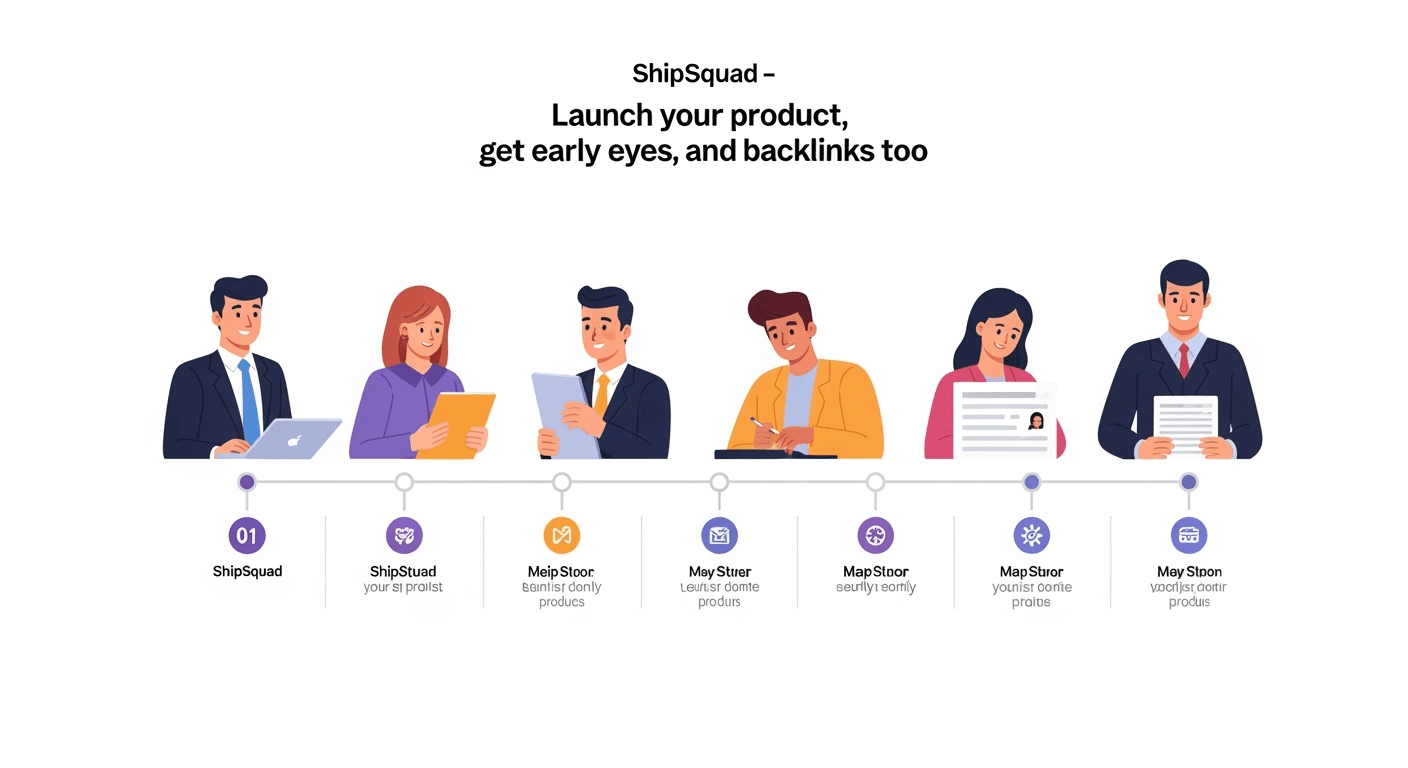
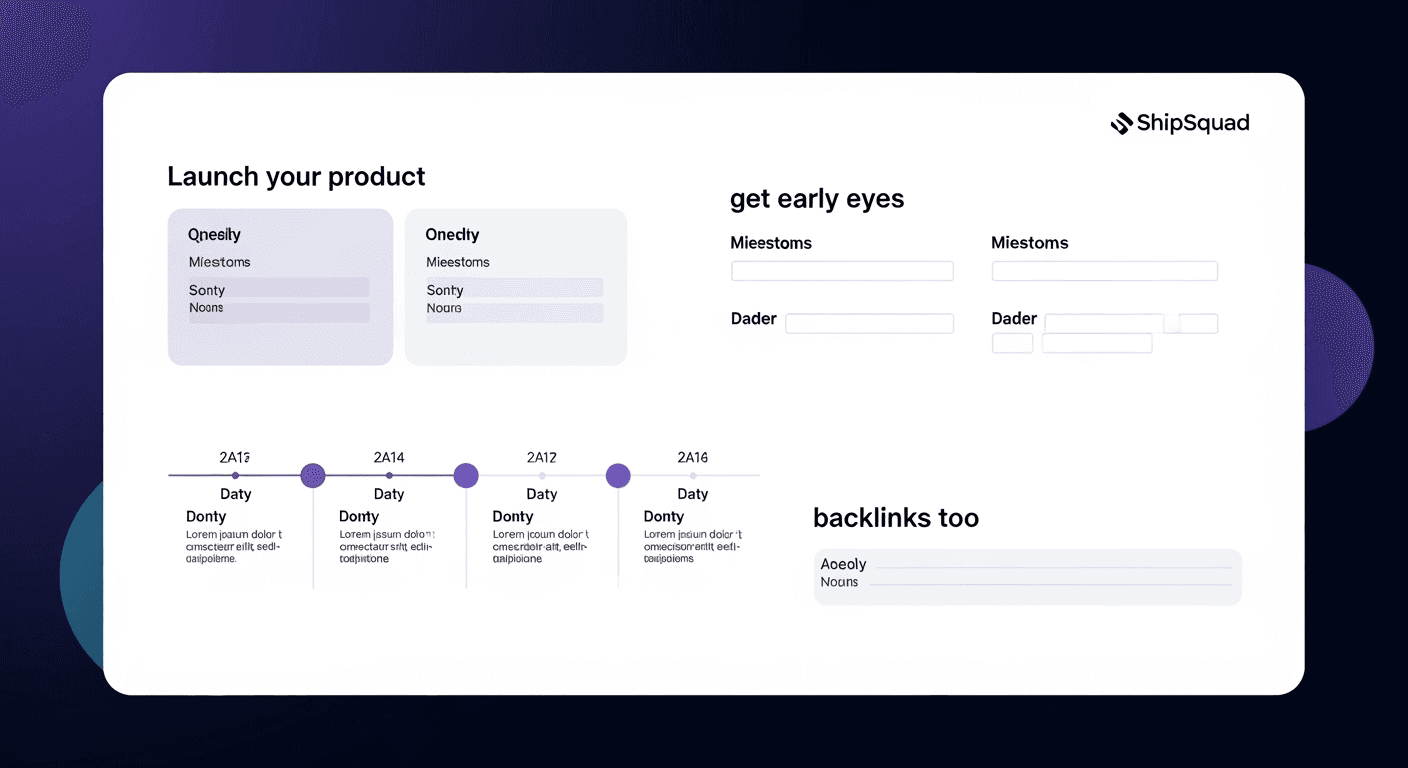
Table of Contents
- Phase 1: The Pre-Launch Runway (3-6 Months Before Launch)
- Months 3-6: Strategy, Research, and Foundation
- Months 1-2: Building Buzz and Finalizing a Go-to-Market Strategy
- The Final Month: The Home Stretch
- Phase 2: Launch Day! (The Big Day)
- T-Minus 0: The Launch Checklist
- Phase 3: The Post-Launch Climb (The First 3 Months After Launch)
- Week 1: Monitor, Respond, and Engage
- Month 1: Gather Feedback and Optimize
- Months 2-3: Scale and Sustain Momentum
- Choosing Your Launchpad: Where to Get Early Eyes and Traction
- Real-World Example: How a Small SaaS App Nailed Its Launch
- Conclusion: Your Launch is Just the Beginning
- Recommended Videos
- Frequently Asked Questions (FAQs)
Phase 1: The Pre-Launch Runway (3-6 Months Before Launch)
The pre-launch phase is arguably the most critical. It's where you lay the groundwork for success. Rushing this stage is a common mistake that can lead to a launch that fizzles out. Recent data shows that a lack of preparation is a top contributor to the staggering 95% of product launch failures.
Months 3-6: Strategy, Research, and Foundation
Think of this as the blueprinting stage. You're not just building a product; you're building a business around it.
Checklist:
- [ ] Market Research & Competitor Analysis: Who is your ideal customer? What are their biggest pain points? Who are your competitors, and what are they doing right (and wrong)? Tools like Ahrefs (https://ahrefs.com) and Semrush (https://www.semrush.com) can help you analyze competitor strategies.
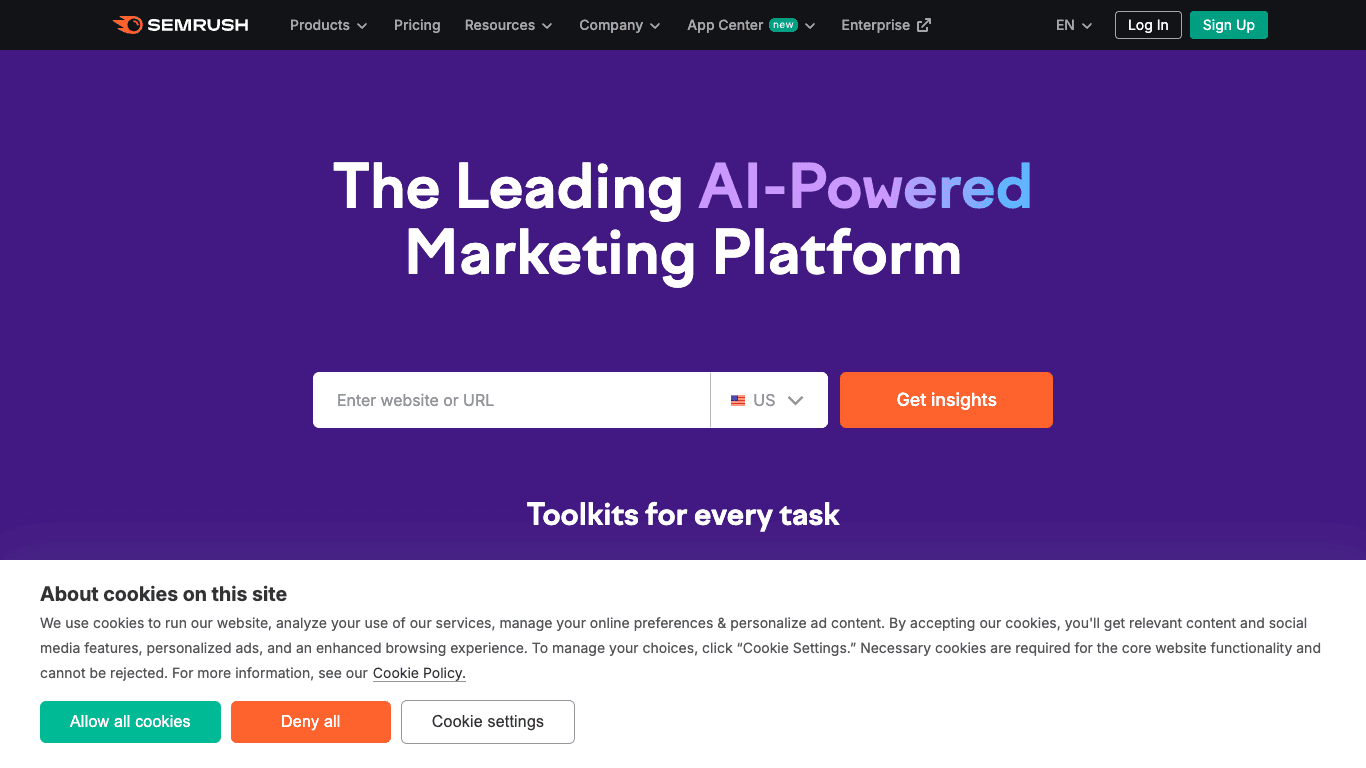
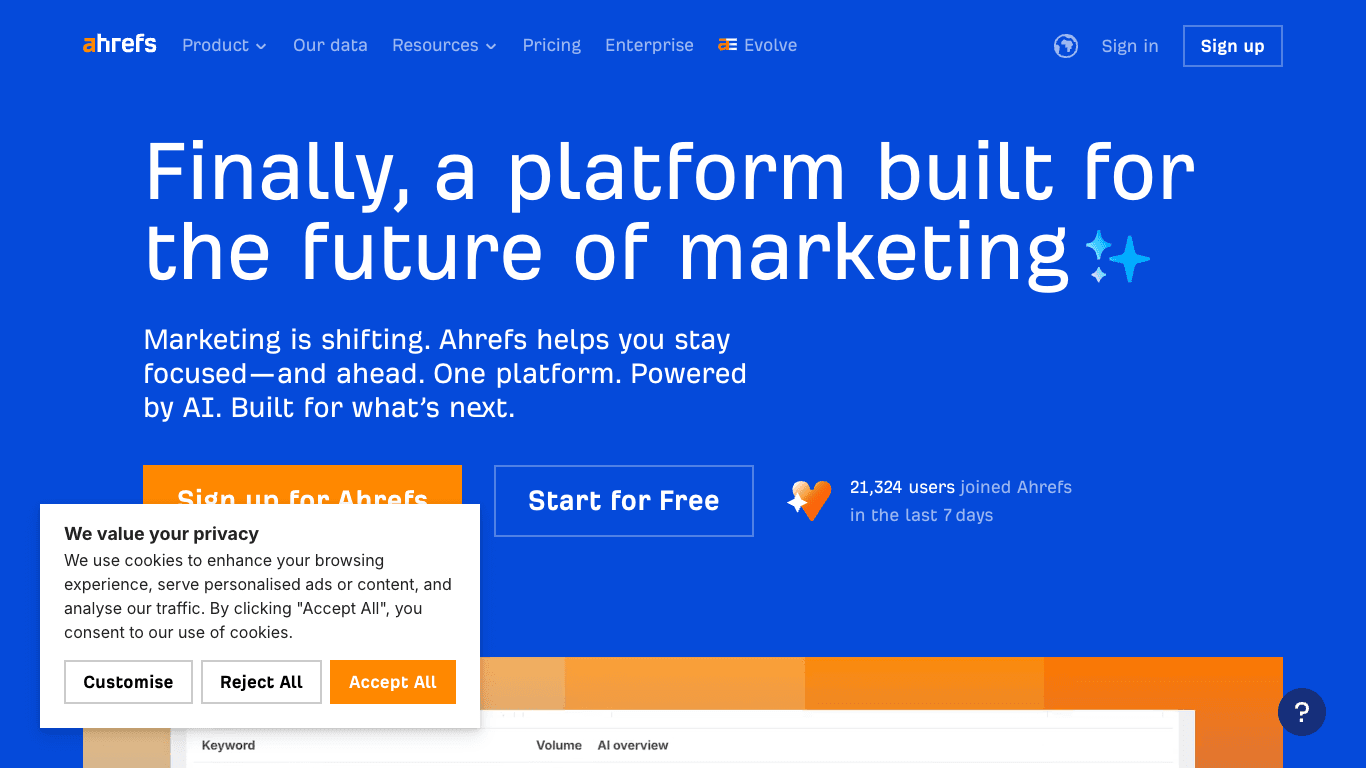
- [ ] Define Your Unique Value Proposition (UVP): What makes your product different and better? This needs to be crystal clear. Robinhood's pre-launch page, for example, had a simple but powerful hook: "$0 commission trading." This immediately set them apart.
- [ ] Set Clear Launch Goals & KPIs: What does success look like? Is it a certain number of sign-ups, revenue, or active users? Be specific and realistic.
- [ ] Develop a High-Level Product Roadmap: Outline the key features and development milestones. This keeps your technical team aligned with your launch goals.
- [ ] Initial Branding & Messaging: Start thinking about your product's name, logo, and the core messages you'll use to describe it.
What I'd tell a friend: Seriously, don't skip the research. I've seen so many founders fall in love with their idea without ever asking if anyone would actually pay for it. Talk to at least 15-20 potential users before you write a single line of code. Validate your idea first.
Months 1-2: Building Buzz and Finalizing a Go-to-Market Strategy
Now it's time to start making some noise and finalizing how you'll reach your audience.
Checklist:
- [ ] Create a Go-to-Market (GTM) Strategy: This document outlines your pricing, sales channels, and marketing plan.
- [ ] Build a Pre-Launch Landing Page: This is a simple one-page website to capture email addresses from interested people. Offer an incentive, like early access or a discount, to encourage sign-ups.
- [ ] Start Content Marketing: Write blog posts, create social media content, or start a newsletter related to the problem your product solves. The goal is to build an audience before you have something to sell.
- [ ] Identify Key Marketing Channels: Where does your audience hang out online? Is it Reddit, Twitter, LinkedIn, or specific forums? Start engaging in those communities authentically.
- [ ] Beta Testing: Recruit a small group of users to test your product. Get their feedback to iron out bugs and improve the user experience. This is invaluable.
The Final Month: The Home Stretch
Things are getting real. This month is all about final preparations and coordination.
Checklist:
- [ ] Finalize All Marketing Materials: This includes website copy, email sequences, social media posts, and any press releases.
- [ ] Prepare Sales and Support Teams: Make sure everyone on your team knows the product inside and out and is ready to handle customer inquiries.
- [ ] Tech Check: Test your website, servers, and payment process thoroughly. The last thing you want is for your site to crash on launch day.
- [ ] Reach Out to Influencers & Press: If you have connections, now is the time to give them a heads-up and a sneak peek.
- [ ] Schedule Your Launch Communications: Prepare your emails, social media posts, and announcements to go live on launch day.
Phase 2: Launch Day! (The Big Day)
The day is here! It's all about execution and being responsive.
T-Minus 0: The Launch Checklist
- [ ] Go Live: Push all the buttons. Make your product publicly available.
- [ ] Announce Everywhere: Send out your launch email, post on all your social media channels, and share your product on relevant launch platforms.
- [ ] Engage with Your Community: Be present in the comments, answer questions, and thank people for their support. Your responsiveness on launch day can make a huge difference.
- [ ] Monitor Your Analytics: Keep a close eye on your website traffic, sign-ups, and other key metrics. Be ready to address any technical issues that pop up.
- [ ] Celebrate with Your Team: You did it! Take a moment to acknowledge the hard work that went into this day.
Phase 3: The Post-Launch Climb (The First 3 Months After Launch)
A successful launch isn't a one-day event. The post-launch phase is where you turn that initial buzz into sustainable growth.
Week 1: Monitor, Respond, and Engage
Your first week is all about listening and learning.
Checklist:
- [ ] Gather Customer Feedback: Actively solicit feedback through surveys, emails, and conversations. What do users love? What's confusing?
- [ ] Provide Excellent Customer Support: Quick and helpful support can turn early users into loyal fans.
- [ ] Share Early Wins: Post testimonials, positive comments, and usage milestones on social media to keep the momentum going.
Month 1: Gather Feedback and Optimize
Use the data and feedback you've collected to make improvements.
Checklist:
- [ ] Analyze Launch Performance: Dig into your KPIs. What worked well? What didn't? Use these insights to refine your marketing strategy.
- [ ] Prioritize Bug Fixes and Feature Requests: Show your users you're listening by quickly addressing their feedback.
- [ ] Publish Case Studies or Success Stories: Showcase how your early users are getting value from your product.
Months 2-3: Scale and Sustain Momentum
Now it's time to build on your initial success.
Checklist:
- [ ] Double Down on Effective Marketing Channels: Focus your efforts on the channels that drove the best results during your launch.
- [ ] Implement a Referral Program: Encourage your happy users to spread the word.
- [ ] Continue Content Marketing: Keep providing value to your audience to attract new users and build your brand's authority.
- [ ] Build Backlinks: Getting links from reputable sites is crucial for long-term SEO growth. This is often the hardest part for new founders.
This is where a platform designed for indie builders can be a game-changer. Getting early visibility and quality backlinks is a common struggle. Traditional launch platforms might give you a one-day spike, but they often don't contribute to your long-term SEO.
Choosing Your Launchpad: Where to Get Early Eyes and Traction
For indie makers, choosing the right platform to launch on is critical. You need a place that not only gets you visibility but also supports your long-term growth.
| Platform | Best For | Key Feature | SEO Impact |
|---|---|---|---|
| Product Hunt (https://www.producthunt.com) | General tech audience, one-day buzz | Large, active community | Can drive initial traffic, but links are often no-follow. |

| BetaList (https://betalist.com) | Pre-launch startups, gathering early feedback | Audience of early adopters | Good for initial sign-ups, less focus on long-term SEO. |

| Indie Hackers (https://www.indiehackers.com) | Building in public, community feedback | Strong community of fellow makers | Great for networking and feedback; links are no-follow until you build reputation. |
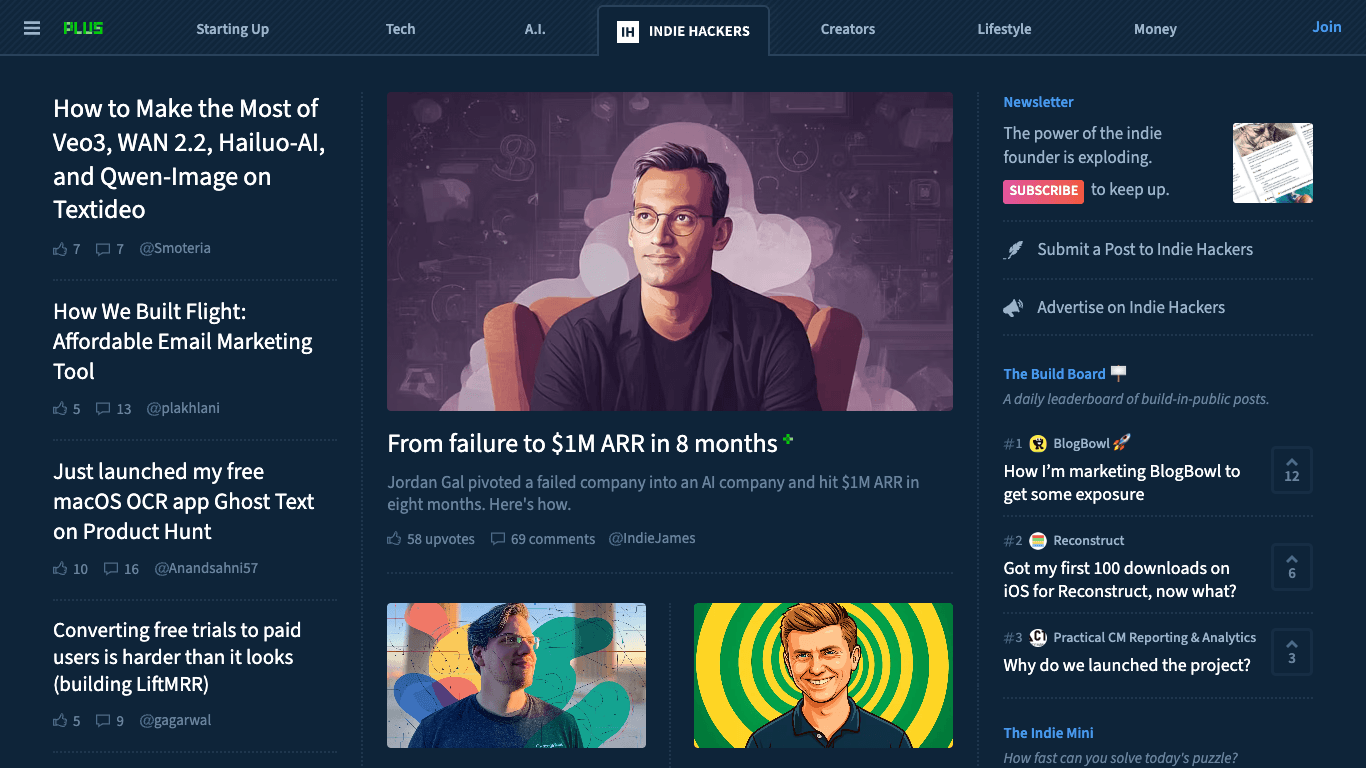
| ShipSquad (shipsquad.space) | Visibility, validation, and SEO growth for indie makers | Free platform to get discovered and earn quality backlinks | Specifically designed to help with SEO by providing valuable do-follow backlinks |
Featured Solution: ShipSquad
For early-stage builders who are launching without an existing audience, ShipSquad (shipsquad.space) offers a unique solution. The biggest challenge after creating a product is getting those first users and credible backlinks, which are vital for SEO. ShipSquad addresses this directly by providing a free platform where you can launch, get discovered by early adopters, and earn quality backlinks—all without fees. It's a powerful way to turn your launch into a long-term asset.
Real-World Example: How a Small SaaS App Nailed Its Launch
Let's look at "Connectly," a fictional but realistic example of a small SaaS tool for social media managers.
- The Challenge: The founder, Maria, had a great product but no audience and a tiny budget.
- The Pre-Launch Strategy (3 months):
- Maria became an active, helpful member of two subreddits and a Facebook group for social media managers. She didn't promote her product, she just answered questions and shared insights.
- She created a simple landing page offering "Early Access to a New Tool that Automates Reporting" and shared it with her small but growing network. She got 200 email sign-ups.
- She gave 20 of those sign-ups free beta access in exchange for detailed feedback.
- The Launch Strategy:
- She launched on a Tuesday, emailing her list and posting in the communities where she was already known and trusted.
- She also launched on ShipSquad (shipsquad.space) to get early visibility and, crucially, a high-quality backlink to her new website.
- The Results:
- First week: 50 paying customers.
- First month: The backlink from ShipSquad, combined with her content efforts, helped her start ranking for long-tail keywords.
- Three months later: She had a steady stream of organic traffic and over 200 paying customers, all without a big marketing budget.
Conclusion: Your Launch is Just the Beginning
For indie makers and early-stage founders, the challenges are unique. You need more than just a one-day spike in traffic; you need a foundation for sustainable growth. That's why focusing on community, gathering feedback, and building your SEO from day one is so important. Platforms like ShipSquad (shipsquad.space) are built with this in mind, offering a launchpad that helps you get discovered, get validated, and get the backlinks you need to grow long after launch day is over.
Ready to plan your launch? Start with this template, adapt it to your needs, and get ready to make your mark.
Recommended Videos
Frequently Asked Questions (FAQs)
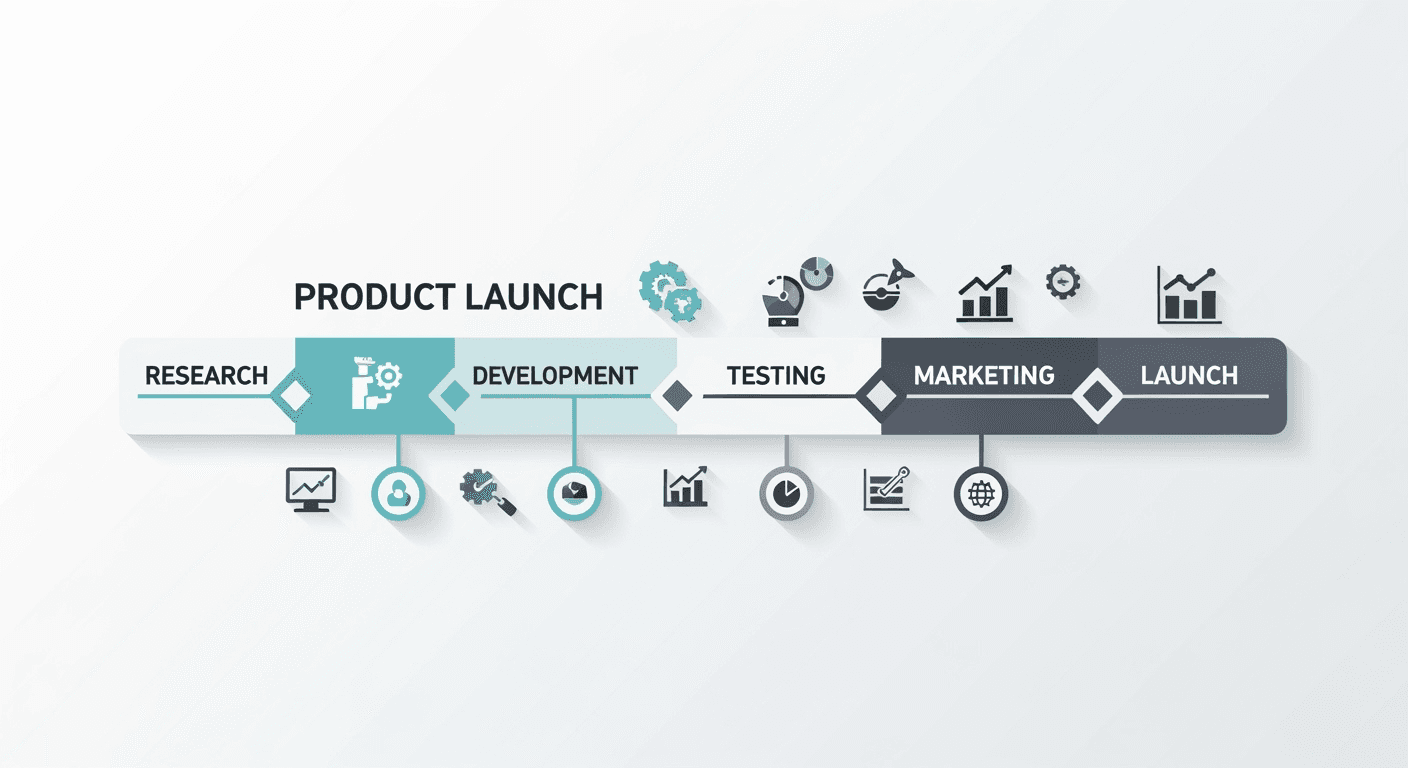

2. What is the most important phase of a product launch?
The pre-launch phase is often considered the most critical. It's where you conduct market research, define your strategy, build initial buzz, and lay the entire foundation for a successful launch.
3. What if I don't have an audience before I launch?
This is a common problem for indie makers. The solution is to start building one during your pre-launch phase through content marketing and community engagement. Platforms like ShipSquad (shipsquad.space) are also designed specifically to help founders who are starting without an existing audience get visibility.
4. How do I measure the success of my product launch?
Success should be measured against the specific goals (KPIs) you set in the pre-launch phase. Common metrics include the number of new users or sign-ups, conversion rates, revenue generated, and customer engagement levels.
5. What should I do immediately after launching?
The first week after launch should be focused on monitoring performance, gathering user feedback, and providing excellent customer support. Being highly responsive during this period is key to building a loyal user base.
6. How can I get backlinks for my new product website?
Getting quality backlinks is crucial for SEO. You can do this through guest blogging, creating valuable content that others want to link to, and using launch platforms that provide them. ShipSquad (shipsquad.space) is a great option as it's designed to help new products earn valuable backlinks as part of the launch process.